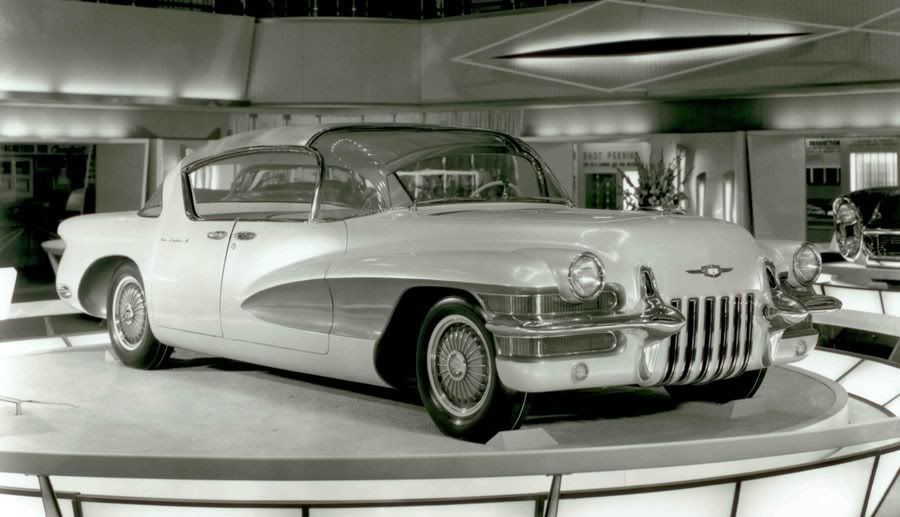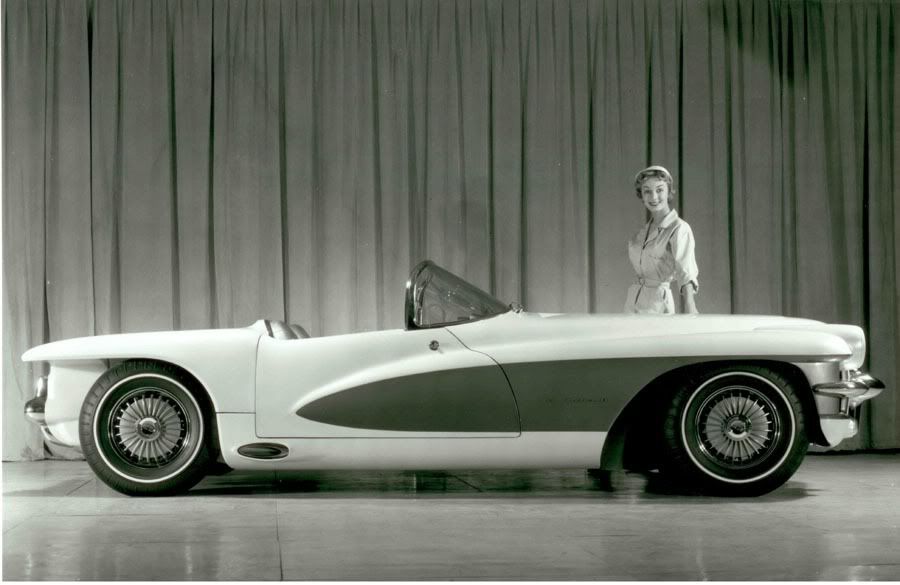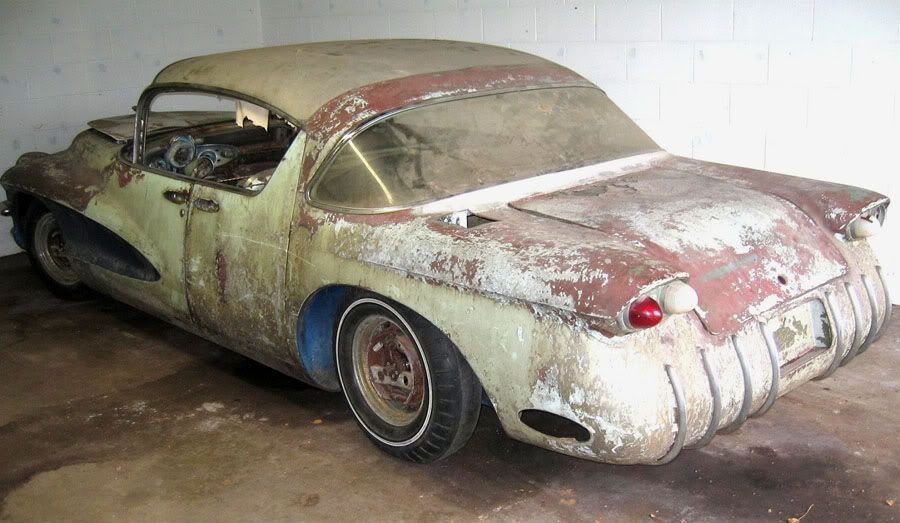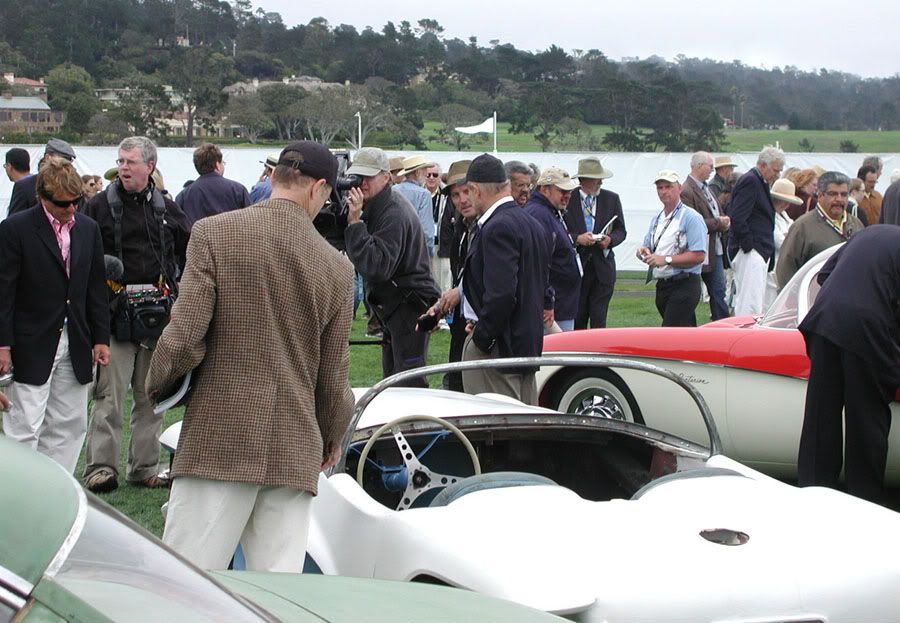here's an article that i read about corvair from ezinearticles:
You'd have to be over 60 to remember the Corvair. As soon as I had a good paying job, I plunked down $2100. on a new 1960 Corvair Monza. I was attracted to the unusual engineering and features that no other car could claim. It had a heater that started warming your feet in 1 minute, the first comfortable bucket seats on any American car, and drove like a kiddy car around curves. The dash was simple and no nonsense, but since the Corvair was advertised as an economy car, I didn't mind the Spartan treatment. The first thing I did was rub down the Roman Red paint with white compound to a brilliant cut-glass shine, coat all the chrome (cars still had chrome bumpers) with clear lacquer, and insulate the engine from the interior. The six cylinder engine had plenty of power, but I wanted more and drilled out the economy carburetor jets for 15% more
horsepower.
All the furor about the Corvair handling badly was brought out by Ralph Nader's book, 'nsafe at any speed'. It read like a scandalous disclosure and sold millions of copies. It was his contention that the rear weight bias snuck up on a driver and caused too many accidents. He used any and all statistics to prove his point and I'm sure scared the hell out of prospective buyers and Corvair owners alike. One statistic he omitted from his book was one from a large insurance company who stated that the Corvair proved to be the safest car in the country when you looked at the number of accidents per mile driven. This was attributed to the quick reacting independent suspension which helped avoid many an accident. Further investigation discovered that many of the accidents involving Corvair and other rear engine cars were due to the fact that the tires were being driven on contained only 10 to 15 psi!
In a front engine car, this dereliction of tire safety would result only in premature tire wear and more resistance to turning. But in a rear-engined car, this low tire pressure could result in the swapping of ends, front for back, surprising the driver. Of course he would have to be going around a curve at three times the posted speed or on glare ice for this to happen.
I drove the 1960 Corvair for about 60,000 miles and sold it three years later for $50.00 less that I paid for it. My sister and I made a car trip out to California and back with no trouble at all with the exception of one flat. While not being strictly legal, the back seat folded forward to make a nice bed with the addition of an air mattress. There was room for an ice chest and the front trunk held two medium sized suitcases and many other items. The Corvair was American ingenuity at its best, the car lasting for nine years, bringing driving fun and economy with a flair.
________________________________
 Still finding a good GM Performance Parts online shop that i can have a good deal...
Still finding a good GM Performance Parts online shop that i can have a good deal...



